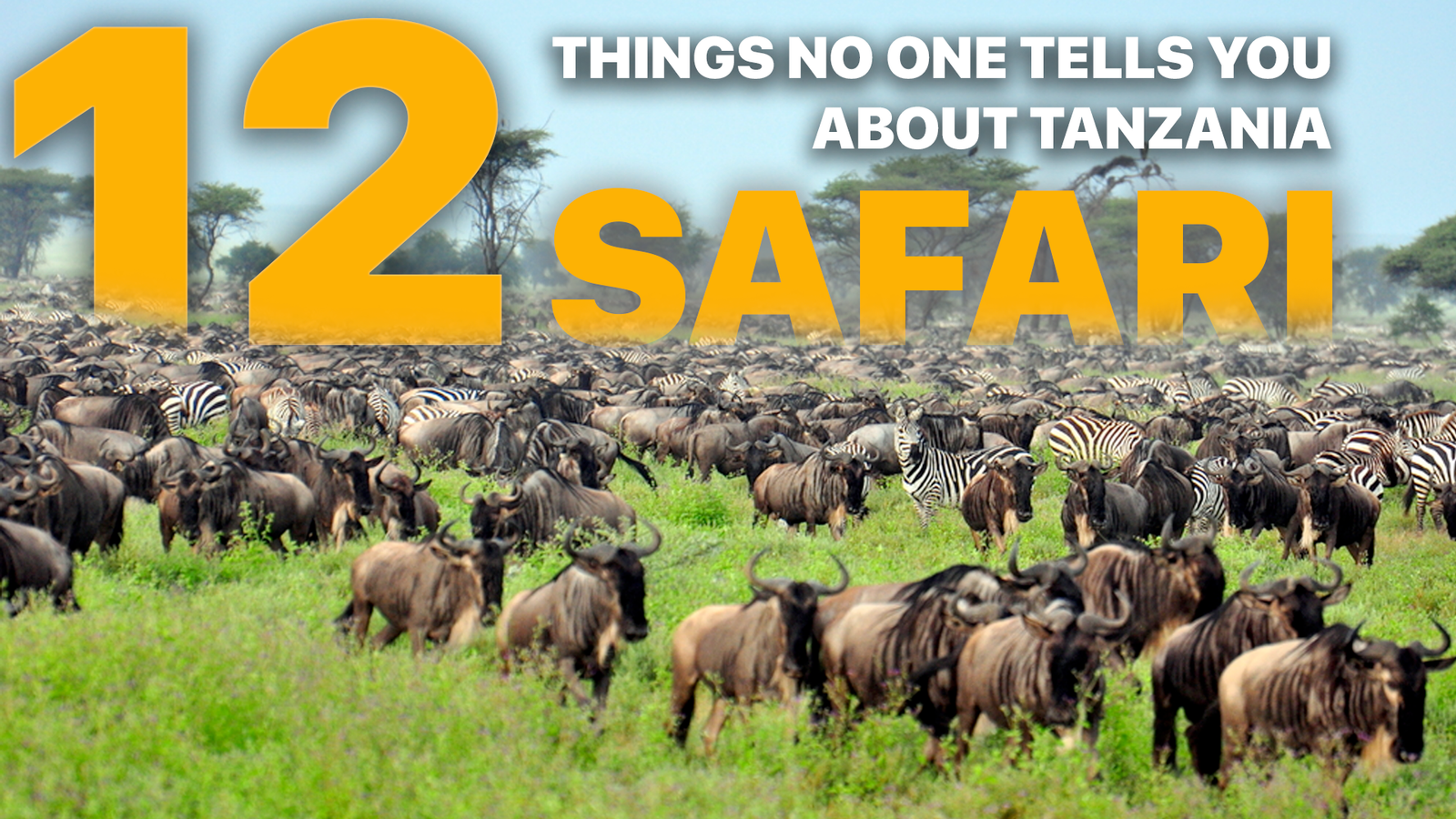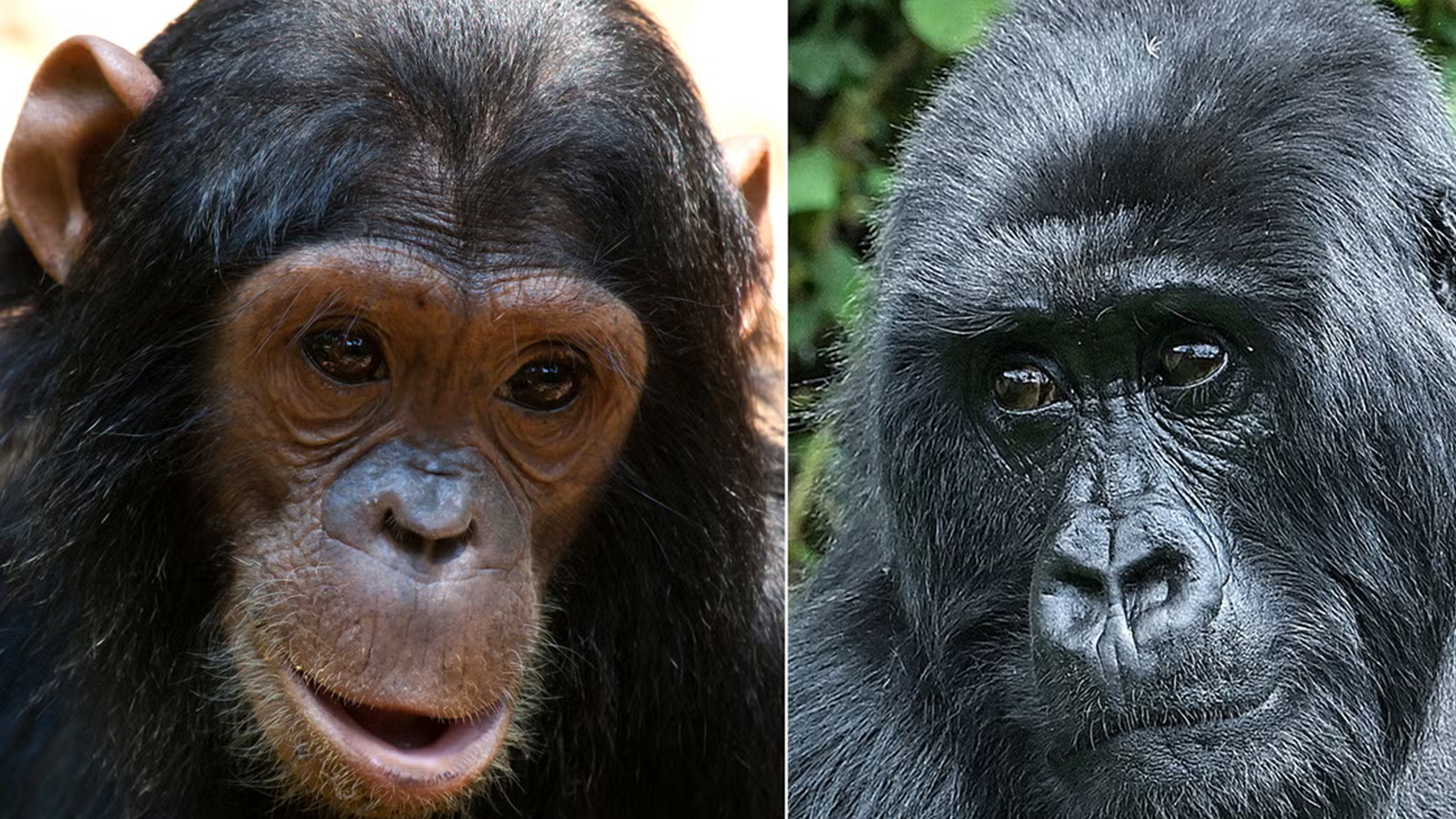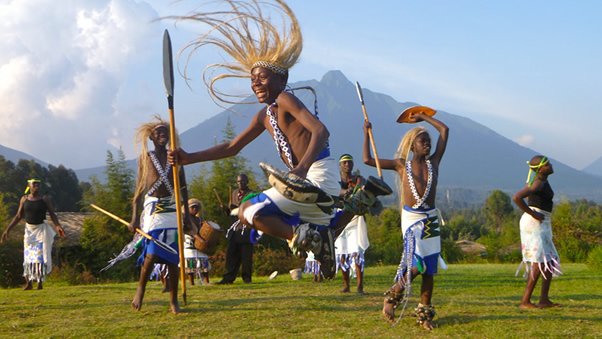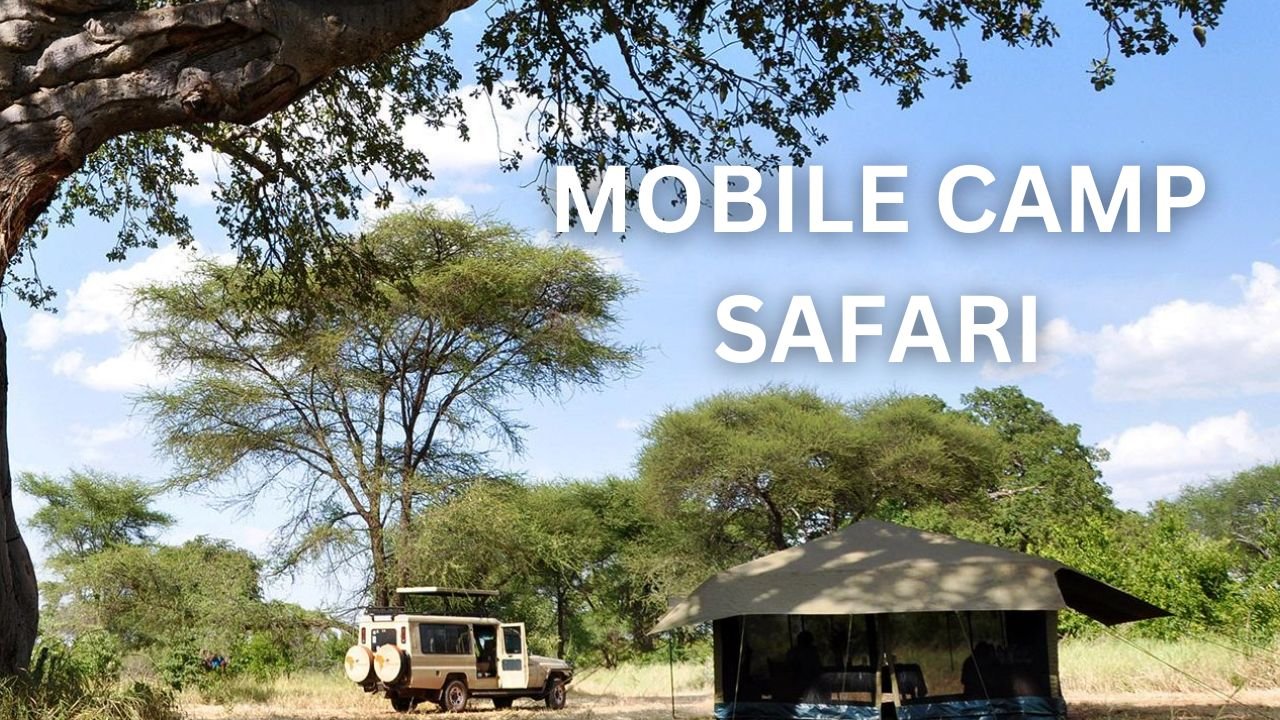Planning a Tanzanian Safari ? Here’s What You Need to Know Before Booking Your Trip
If you’re considering a Tanzanian safari and wondering what it’s like to explore the country’s stunning national parks and conservation areas, we’ve got you covered. Here are 12 essential things you need to know before embarking on your adventure.
1. Tanzania is a Premier Safari Destination in Africa

While we might be a bit partial, Tanzania is widely regarded as the best destination for an authentic African safari experience. Don’t just take our word for it – both tourists and seasoned travelers consistently rank Tanzania as the top safari destination among the 20+ African countries offering safari experiences.
A Tanzania safari is a bucket-list experience for many wildlife enthusiasts, and it’s easy to see why. This incredible country is home to some of the world’s most famous and awe-inspiring wildlife viewing destinations – including the Serengeti National Park and Ngorongoro Crater.
Ngorongoro Crater
The Ngorongoro Crater, the largest intact caldera on Earth, covers 100 square miles (259 square kilometers) and serves as a unique sanctuary for wildlife.

Due to its natural barriers, animals remain within the crater, making it one of the best places to see a wide variety of species – more than 25,000 animals can be spotted in this area alone.
Serengeti National Park
The iconic Serengeti National Park is a must-visit for any safari enthusiast. Known as the “endless plains,” the park spans around 12,000 square miles (30,000 square kilometers) and is famous for hosting the Great Migration—a spectacular event where nearly two million wildebeest traverse the park in search of food and water.
Tanzania’s Northern Safari Circuit
In addition to Ngorongoro and the Serengeti, Tanzania boasts other remarkable national parks that make up the renowned Northern Safari Circuit. These include Tarangire National Park, Lake Manyara National Park, and Arusha National Park, each offering unique landscapes and wildlife experiences that add to Tanzania’s safari allure.
2. Tanzanian Safari is not exactly like the Discovery Channel
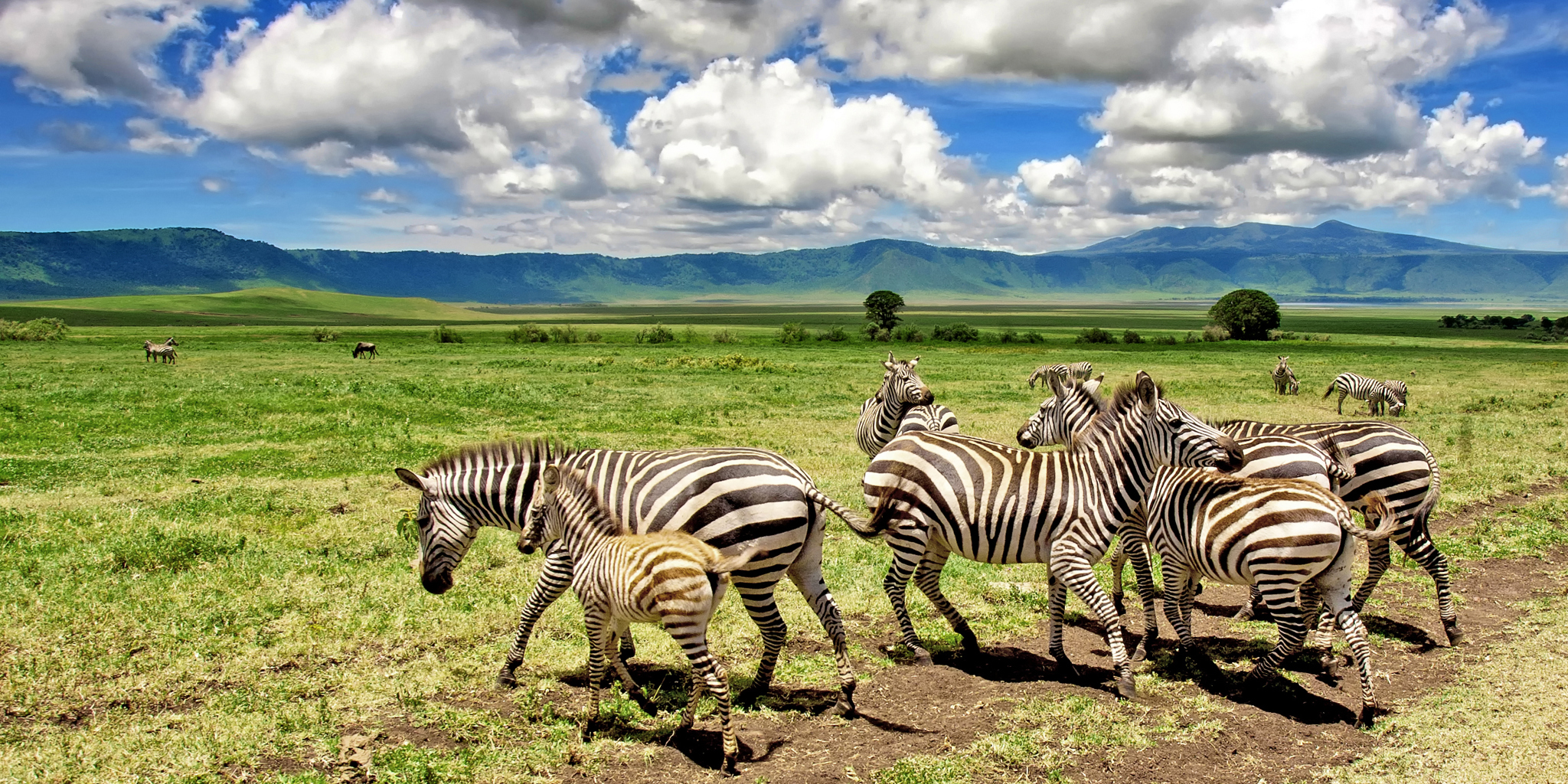
If you’ve ever watched a nature documentary on television, you’re likely familiar with the captivating footage of wildlife encounters—lions hunting hyenas, cheetahs chasing antelope, and crocodiles ambushing wildebeests. These high-quality productions, often shot over months or years, offer a thrilling and edited narrative that’s hard to beat for entertainment and educational value.
However, a real-life safari in Tanzania is a different experience altogether. While the action may not be as meticulously scripted or filmed, the raw, unfiltered moments you witness in the wild are even more extraordinary. Experiencing wildlife up close, seeing a predator stalk its prey, or observing the circle of life in its natural form is one of the most thrilling (and sometimes brutal) aspects of a Tanzanian safari.
In the wild, animal hunts take place daily, but they’re often hidden from view. While witnessing a kill firsthand is rare, your chances of seeing this dramatic event increase with time in the field. It’s all about being in the right place at the right time.
3. Brace Yourself for a Bumpy Ride
The Tanzania safari experience includes navigating unpaved roads inside the parks, as well as between them, making for some bumpy travel.

Whether you’re traveling across dirt paths or rocky terrain, you’ll experience what many travelers jokingly refer to as an “African massage.” While it’s not quite a relaxing spa treatment, you’ll feel the jostling daily as you explore the vast landscapes.
Along with the bumps, you’ll encounter dust, particularly during the dry season. Traveling behind other vehicles or passing oncoming cars can send clouds of dust swirling around you. It’s important to embrace the messiness of a Tanzania safari—and to prepare accordingly. We recommend bringing a neck gaiter, Buff, or bandana to cover your nose and mouth if you have respiratory concerns or if the dust becomes overwhelming.
Lastly, safaris can be unexpectedly tiring. Most of your day will be spent in the vehicle, driving between parks or tracking animals. It’s a good idea to bring a quality neck pillow to make your journey more comfortable, especially during breaks between animal sightings or long drives to different parks.
4. Are Safaris in Tanzania Dangerous? Not If You Stay in the Vehicle
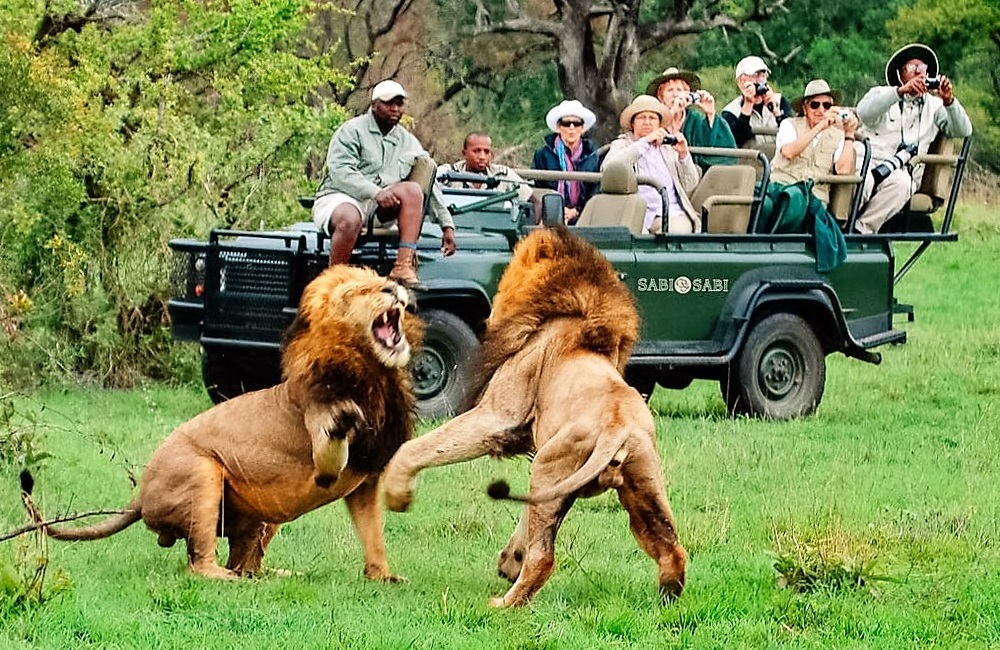
When embarking on a Tanzania safari, safety is a top priority. Ultimate Kilimanjaro safari vehicles are custom-built, four-wheel-drive Land Cruisers equipped with pop-up roofs for optimal wildlife viewing. While the open roof means there’s no physical barrier between you and the animals, there’s no need to worry—safaris are not dangerous as long as you follow the golden rule: stay in the vehicle.
Unlike what you might expect, safari guides do not carry guns because wild animals in Tanzania’s national parks are accustomed to safari vehicles. For generations, these animals have seen vehicles driving through the savanna, and they largely ignore them. As a result, you can observe wildlife up close without disturbing their natural behavior.
Sometimes, animals may interact with vehicles in unique ways. Lions may rest in the shade beneath your safari truck, or a curious cheetah might climb onto the roof for a better vantage point. If this happens, remain calm and enjoy the once-in-a-lifetime moment.
The most crucial rule: do not get out of the car unless your guide says it’s safe. Animals do not perceive people inside vehicles as a threat or prey, but a human outside the car changes the equation. To avoid any risky situations, always remain inside the vehicle unless you’re in a designated area where it’s safe to step out.
If you need a restroom break, simply let your guide know. They will take you to a proper restroom or find a safe, clear spot for you to exit.
5. Your Safari Guide is an Expert at Finding Wildlife
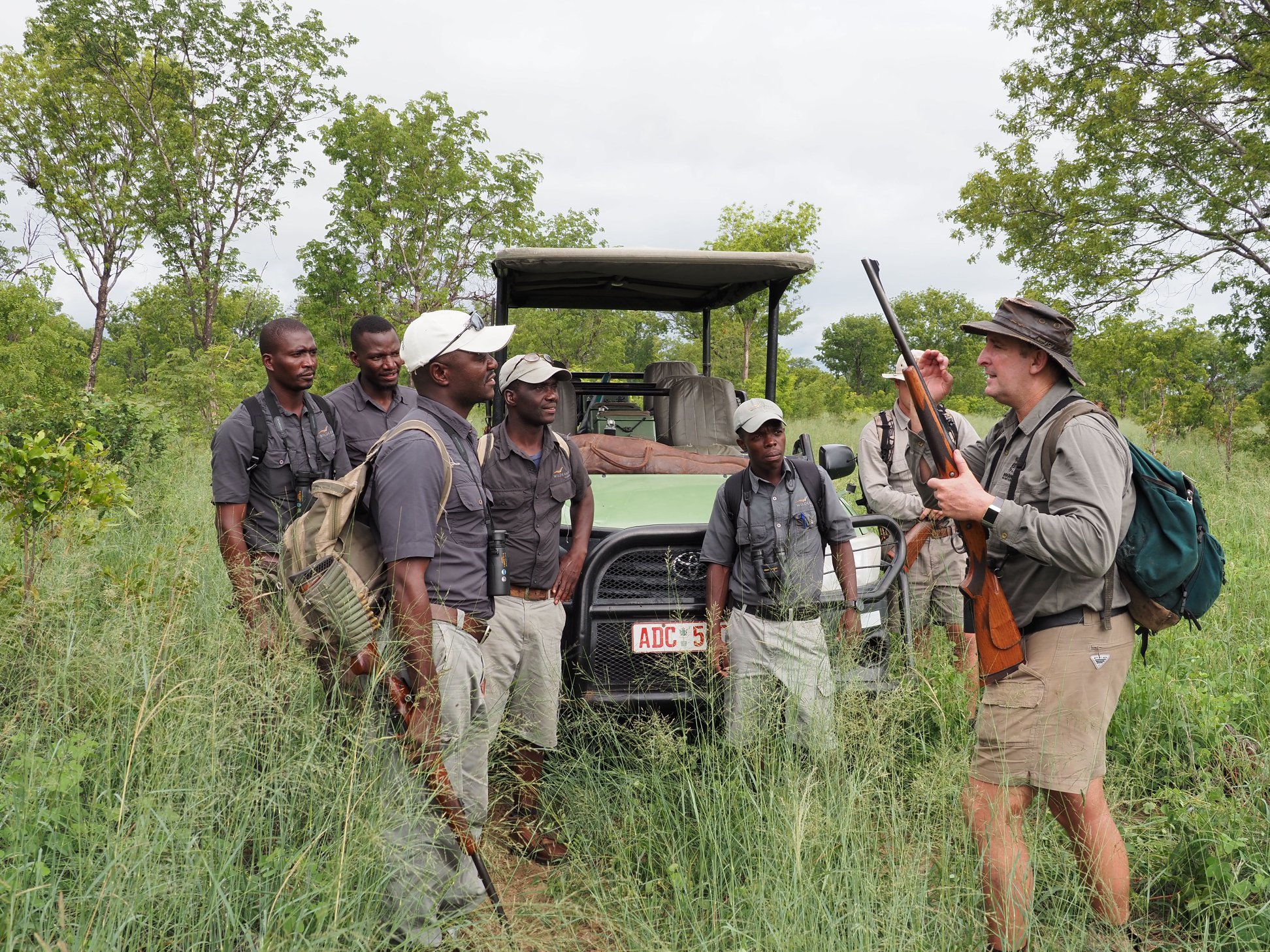
A Tanzania safari is all about spotting incredible wildlife, and your guide plays a crucial role in making that happen. Our safari guides are highly experienced professionals with deep knowledge of Tanzania’s national parks and animal behavior.
With years of experience, guides instinctively know where animals are likely to be at different times of the day. They track patterns, identify subtle signs in the environment, and anticipate wildlife movement with impressive accuracy.
Additionally, guides communicate with each other throughout the day. Whether it’s through radio updates or quick conversations when passing on the road, this collaboration helps them share real-time sightings, ensuring you have the best chance of seeing elusive animals. So, while it may seem like your guide is simply chatting with other drivers, they’re actually gathering valuable insights to enhance your safari experience.
Spotting wildlife is an art, and seasoned guides have trained eyes that can detect animals from incredible distances—sometimes while driving! At first, many tourists struggle to see what’s hidden in the landscape, but after a few days, your “safari vision” improves. Who knows? By the end of your trip, you might even spot a rare animal before your guide does!
6. You’ll See Plenty of Wildlife, But Not Every Animal
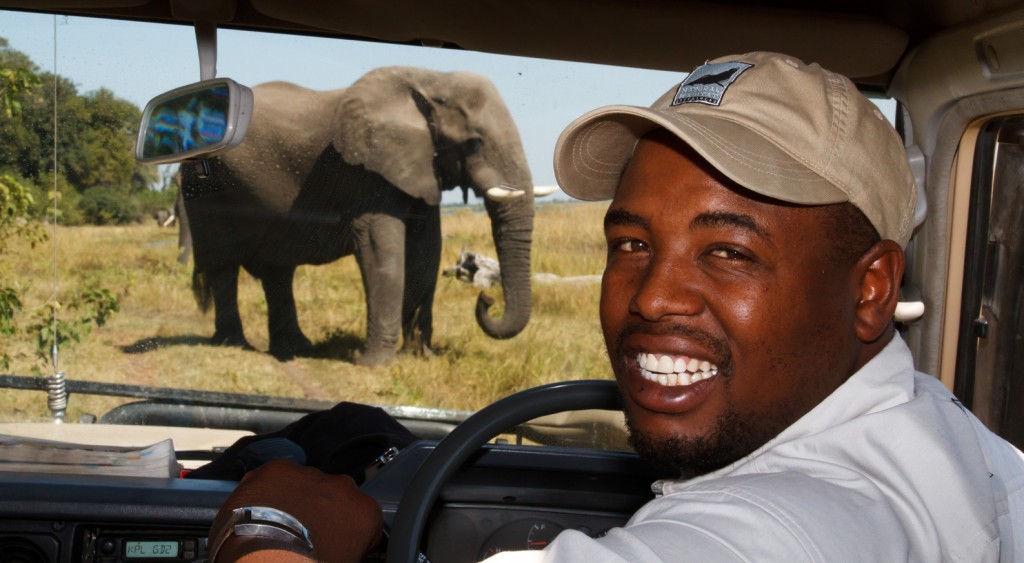
A Tanzania safari guarantees incredible wildlife encounters, but no two safaris are the same. Each park has a unique ecosystem that supports different species. Some animals are abundant and easy to spot, especially those that live in large herds in open areas. These include:
- Gazelles, zebras, wildebeest, and buffalo – These herbivores stick together for safety, constantly on the lookout for predators.
- Baboons, hippos, giraffes, and elephants – Found in various habitats, from woodlands to riverbanks.
- Lions – Since lions live in family groups called prides, they are easier to locate compared to solitary predators.
Many travelers seek to spot Africa’s Big Five: lion, leopard, elephant, buffalo, and rhino. This term originated from the most dangerous animals to hunt on foot but today represents the most sought-after safari sightings.
Which Animals Are Harder to Find?
- Rhinos – Due to poaching, rhino populations are critically low, making sightings rare, especially at close range.
- Cheetahs – As solitary hunters, they blend into the tall savanna grass, making them difficult to spot.
- Leopards – The most elusive of the big cats, leopards often hide in trees during the day. To spot one, look for its tail hanging from the branches.
7. Your Guide is the Driver—You Make the Calls

On a private safari, your experience is tailored to your preferences. Jewel safaris are fully private, meaning your guide is there for you and your group only. This means:
- You decide which animals you want to prioritize. If you’re eager to see a particular species, let your guide know—they will focus on finding it for you.
- If there are animals you’re not interested in, inform your guide so they don’t make unnecessary stops.
- During sightings, stay as long or as short as you like—it’s your safari!
If you’re ready to call it a day, just let your guide know, and they’ll head back to your lodge or camp early.
Since Tanzania’s peak safari seasons are from July to October and December to February, it’s highly recommended to book early to secure accommodations, vehicles, and guides.
8. Five Days is the Ideal Safari Length

Jewel Safaris offers safari itineraries ranging from one to seven days, catering to different schedules. Many visitors, especially those climbing Mount Kilimanjaro, seize the opportunity to go on a safari while already in Tanzania.
The must-visit destinations include:
- Ngorongoro Crater – A high-density wildlife area where you can see a diverse range of species in a short time. Located four hours from Moshi, it’s not practical for a one-day safari, but it’s included in all multi-day itineraries.
- •Serengeti National Park – Tanzania’s most famous park and a UNESCO World Heritage Site. It’s home to the Great Migration and has been named one of the Seven Natural Wonders of Africa.
For a well-balanced safari experience, the five-day itinerary is the most popular. It covers four national parks:
This itinerary offers a diverse mix of landscapes, wildlife, and game drives, making it an ideal safari length for most travelers.
9. Experience the Serengeti from the Sky with a Hot Air Balloon Safari
For a truly unforgettable adventure, consider adding a hot air balloon safari over the Serengeti to your itinerary. This unique experience offers a breathtaking bird’s-eye view of the vast landscapes and wildlife in areas inaccessible by vehicle. From above, you may spot:
- Herds of wildebeest during the Great Migration
- Lions resting in the grasslands
- Crowded hippo pools
- Elephants and giraffes wandering the plains
Every flight is different, making each experience one of a kind.
What to Expect on a Serengeti Balloon Safari
- Balloons take off at sunrise, offering spectacular views as the day begins.
- The flight lasts about one hour, with the pilot adjusting altitude to follow the wind and navigate the terrain.
- At times, you’ll soar as high as 3,000 feet (1,000 meters), while other moments bring you just a few feet above the ground.
Though hot air balloon rides in Tanzania are a premium experience, our clients consistently describe them as serene, surreal, and worth every penny. Since availability is limited, they must be booked in advance and are available as an add-on for five- to seven-day safari itineraries.
10. Tented Camps

Tanzania offers two main types of safari accommodations:
- Standard lodges – Traditional hotels with modern amenities.
- Tented camps – Large canvas tents set on solid platforms with comfortable interiors.
At first glance, tented camps may seem rustic, but they are surprisingly luxurious. Most feature:
- Electricity, WiFi, and running water
- En-suite bathrooms with hot showers and flush toilets
- Comfortable beds with linens and mosquito netting
- Furnished seating areas and private porches
A Typical Safari Day at a Tented Camp
- Enjoy a hot breakfast before heading out on a morning game drive or traveling to your next destination (usually 1-2 hours away).
- Picnic lunches are taken in the park for a full day of wildlife viewing.
- A hot dinner is served back at the tented camp or lodge.
For those seeking an authentic yet comfortable Tanzanian safari experience, tented camps provide the perfect balance between adventure and convenience.
11. No Special Gear Required—Just Dress for Comfort
Most of our safari clients also climb Kilimanjaro, so no additional gear is necessary. Your hiking clothes will work just fine, but here are some essential packing tips:
Safari Clothing Essentials
- Lightweight, moisture-wicking shirts (both long and short sleeves)
- Hiking pants and shorts
- A fleece or soft-shell jacket for chilly mornings and evenings
- A waterproof jacket (especially during the rainy season)
- A wide-brimmed hat for sun protection
- Comfortable walking shoes or hiking boots
Other Useful Items
- Sunscreen & lip balm (the African sun is intense!)
- Insect repellent (with DEET to prevent mosquito bites)
- A neck pillow (for napping in the safari vehicle)
- Sunglasses (to reduce glare from the sun)
While binoculars can enhance your safari experience, your guide will have a pair available, so they are optional.
12. Bring a Telephoto Lens

Many of our clients capture their Tanzanian safari experience using smartphones or compact cameras—which are great for general photos. However, if you want detailed, close-up wildlife shots, a DSLR or mirrorless camera with a telephoto lens is highly recommended.
Recommended Camera Gear for Safari
- 200mm lens (minimum) – For decent close-ups of animals at a distance.
- 300mm+ lens (ideal) – To capture sharp, detailed images of distant wildlife.
- Binoculars (optional) – Helpful for spotting animals in the distance.
If you don’t own a professional camera lens, consider renting one from services like Borrow Lenses instead of making a large purchase.
By bringing the right photography gear, you’ll be able to capture incredible, high-quality safari memories to last a lifetime!
